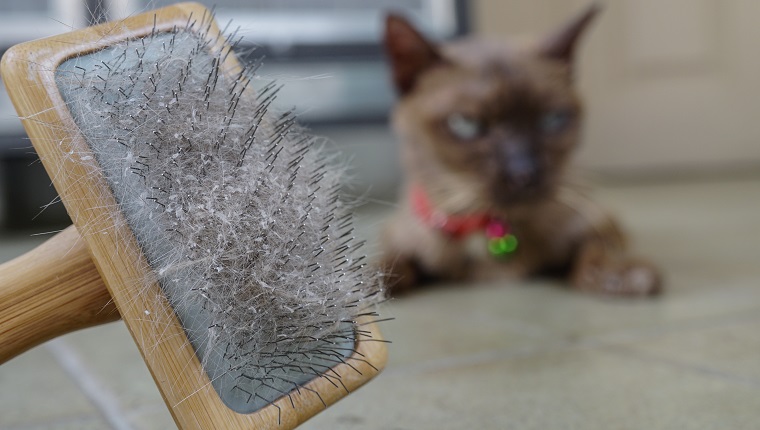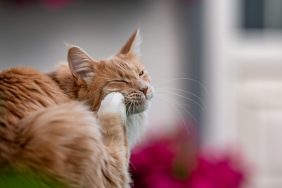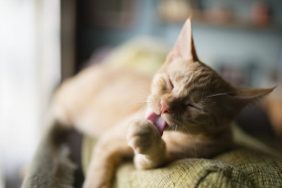Chances are, you didn’t name your cat “Snowball” because of all the snow-like flakes of dandruff dusted all over kitty’s coat.
Dandruff is different than cat dander, which is compromised of a cat’s saliva and dead skin cells. And dandruff can be a symptom of many different issues that your cat may have. Some are rather benign, but other times, it can be a sign of something more serious.
Here are some common causes for flaky, dandruff skin in cats and some popular remedies, as well.
Overproduction Of Sebum
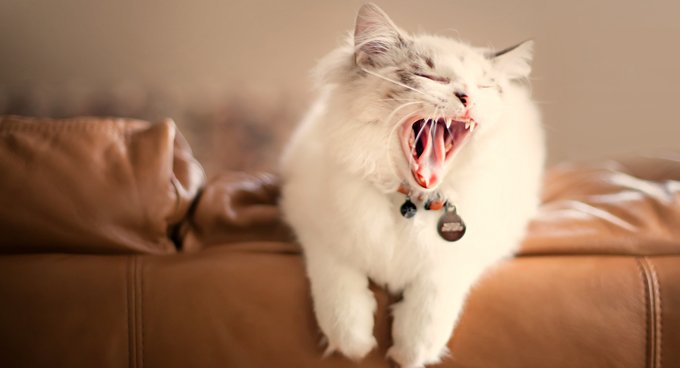
If your cat is sporting a fancy, new, flaky coat, one cause could be overly active sebaceous glands. When the sebaceous glands produce too much sebum, the skin cannot naturally shed quickly enough, which results in dry, flaky skin.
Dandruff is usually most visible on the back of a cat near their rear and the face in this situation.
Sometimes, however, there will be no scientific rhyme or reason as to why your cat is experiencing this type of dandruff, known as seborrheic dermatitis. Just like people who can be prone to dandruff, some cats are prone to flaky skin, as well.
Environmental Factors
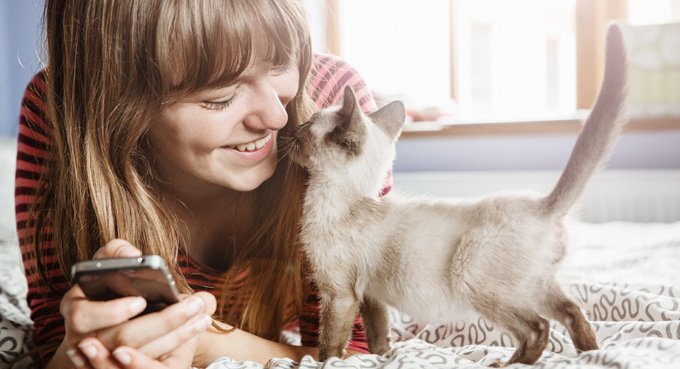
Changes in temperature and humidity can throw your cat’s skin out of whack. If you notice a rise in dandruff flakes between seasons, then this could be the culprit.
If you find that your cat’s skin is dryer in the colder months, you may want to ask your vet about products with natural, soothing shea butter. Personally, my calico cat, Pookie, has been experiencing some dryer winter skin, complete with snowy fur, and this has been helping immensely.
If your cat’s skin is incredibly dry, try incorporating food with omega-3 fatty acids into their diet to restore some moisture.
Parasites
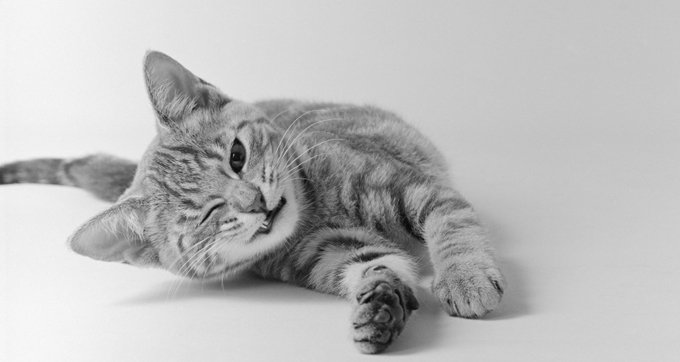
If your feline not only has flaky skin, but seems to be itchy and irritated, as well, chances are mites, fleas, or ticks have made your cat’s skin their home and are wrecking havoc.
Be sure to keep your cat updated with flea and tick prevention. It can stop bugs from causing skin irritation that leads to dandruff.
Bathing will also help keep little bugs from setting up shop. If your cat isn’t a fan of water, ask your vet about using cleansing wipes. Not only will they help combat pesky bugs, but they’ll also help remove dander that may worsen human allergies to cats.
Allergies

Just like cats may make some people sneezy, certain things in your house can cause an allergic reaction in your cat, as well.
If you find that your cat has recently developed dandruff, try to think if you’ve incorporated any new detergents or cleaning supplies into your housecleaning routine.
Also, keep in mind that some cats can have allergies to certain types of cat foods and cat litter.
Excess Weight
As adorable as a big, fat cat is, a heavier cat can have a host of health problems, including dandruff. If your cat is a little more rotund, they may actually have problems reaching certain areas to clean, causing a sebum buildup and, ultimately, dandruff.
Be sure that your cat is on a proper diet for their age, and keep them active if they’re tipping the scale.
As always, if your cat has suddenly developed any dermatological symptoms, then it is best to take Snowball to the vet to make sure everything is in order. Dandruff, for the most part, can be an annoying-but-benign symptom for your cat, but it could be a sign of something more serious, such as a hormone imbalance or parasite, like ringworm.
Has your cat experienced dandruff? What have you done to remedy it? Let us know in the comments!
